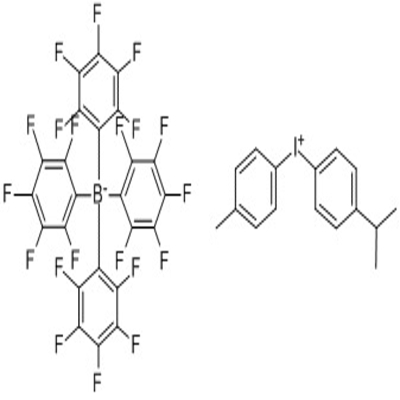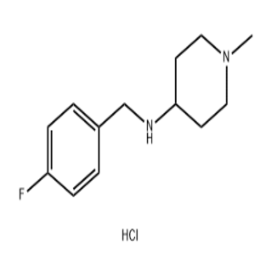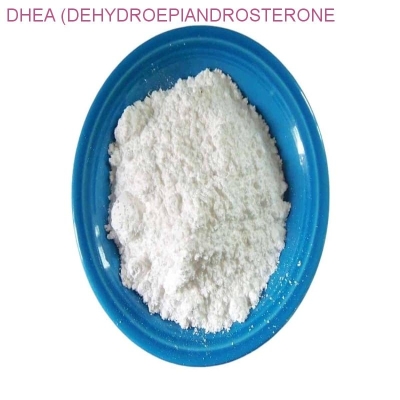-
Categories
-
Pharmaceutical Intermediates
-
Active Pharmaceutical Ingredients
-
Food Additives
- Industrial Coatings
- Agrochemicals
- Dyes and Pigments
- Surfactant
- Flavors and Fragrances
- Chemical Reagents
- Catalyst and Auxiliary
- Natural Products
- Inorganic Chemistry
-
Organic Chemistry
-
Biochemical Engineering
- Analytical Chemistry
-
Cosmetic Ingredient
- Water Treatment Chemical
-
Pharmaceutical Intermediates
Promotion
ECHEMI Mall
Wholesale
Weekly Price
Exhibition
News
-
Trade Service
Recently, the PD-1/L1 field has been in full swing.
For domestic pharmaceutical companies, it seems that starting from the PD-1/L1 field is the correct way to transform into biopharmaceuticals.
A total of 48 PD-1 products
A total of 48 PD-1 productsIndications are differentiated, and the dual-antibody layout becomes a new highlight
Indications are differentiated, and the dual-antibody layout becomes a new highlightThe competition for PD-1 products in my country is fierce.
Products that are in the market application and phase III clinical trials tend to be differentiated in the disease field.
PD-1 varieties in phase II clinical, phase I clinical, approved clinical and clinical applications tend to deploy bispecific antibody pipelines (see Table 1 below for details).
36 PD-L1 products
36 PD-L1 productsThe first domestic product has not yet been approved
The first domestic product has not yet been approvedPD-L1 products are also fiercely competitive.
CStone Pharmaceuticals' Shuglizumab and Jiangsu Kangning Jereh's Envolimab are both in the process of marketing applications and are expected to hit the first domestically produced PD-L1 drug.
Products in Phase III clinical, Phase II clinical, Phase I clinical, approved clinical and clinical applications, tend to deploy bispecific antibody pipelines, such as Corning Jerry’s KN046, Merck Serono’s M7824, and Pumis’ PM8001 And PM8002, Jiangsu Hengrui's SHR-1701, etc.
Domestic sales in 2020 will be nearly 10 billion
Domestic sales in 2020 will be nearly 10 billionHow to find a way out in the Red Sea?
How to find a way out in the Red Sea?There are a total of 6 PD-1 monoclonal antibodies on the market in China.
Sales are a key factor in testing the commercialization capabilities of pharmaceutical companies, and the market prospects of domestically produced PD-1 monoclonal antibody varieties have been further clarified.
(1) Comparison of the sales of 4 domestic varieties in the first year of listing:
Junshi Biology's 2019 financial report shows that Tuoyi's sales in 2019 reached 774 million yuan;
Cinda Bio's 2019 financial report shows that Taboshu's sales are 1.
Hengrui did not clearly disclose the single product sales of Erica in 2019, which is estimated to be about 1 billion yuan (half-year results) in the industry;
BeiGene announced its full-year financial results for 2020.
(2) Analysis of sales in 2020
At present, the sales of domestically produced PD-1 are almost the same as those announced, with a total of more than 9 billion in 2020.
Here, we will not discuss the specific geometry of each company's sales revenue in 2020.
After a new round of medical insurance negotiations, according to public information on the Internet, the 200 mg specification of Hengrui Erica has been reduced from the original price of 19800 yuan/piece to 2928 yuan/piece; the new price before reimbursement of BaiGene’s Baizean Medical Insurance is as low as 2180 yuan/piece (100 mg); Junshi Tuoyi is priced at 906.
In the face of the current PD-1 ceiling pricing and fierce competition in the market, how to balance the high research and development costs and production costs of PD-1 varieties that are still in the clinical stage is to demonstrate the more significant clinical value of the product through data.
(1) Be bigger and stronger in subdivision indications
Avoiding existing competitive fields and choosing small indications or subdivisions in a unique way is a problem that PD-1 companies that are currently behind in overall R&D progress need to re-examine.
Plan very early and implement it as soon as possible.
There is still hope for a place in this market.
If possible, in the future, it can be marketed through "small indications" and then extended to "large indications".
(2) PD-1/PD-L1 with strategic layout
In future cancer treatments, it may not be possible to avoid the combination of PD-1/PD-L1.
Some companies strategically deploy PD-1/PD-L1 in order to extend the life cycle of pipeline varieties.
With the diversification of the pharmaceutical capital market, this layout may not necessarily involve direct R&D projects, but may also involve investment, mergers and acquisitions and cooperation.
Large-scale companies with tumors as their core field can seek targeted two-way cooperation opportunities.
(3) Sailing out to sea, turning involution into a breakthrough
With the help of the new crown vaccine, more countries in the world understand and recognize the capabilities of China's pharmaceutical industry; with low prices, even if the interests of Western countries cannot be leveraged, domestically produced PD-1 may be able to shine in developing countries along the Belt and Road.
Conclusion
Conclusion
The medical insurance policy will greatly reduce the price of immunotherapy such as PD-1 and PD-L1, greatly increasing the availability of new treatment technologies.
Regardless of which companies will benefit or lose money from saturated R&D and homogeneous market competition, a pharmacist with a soft heart will always see: In the end, it is our patients who have obtained the world's cheapest PD- 1 Treatment.
Data statistics deadline: 20210320







